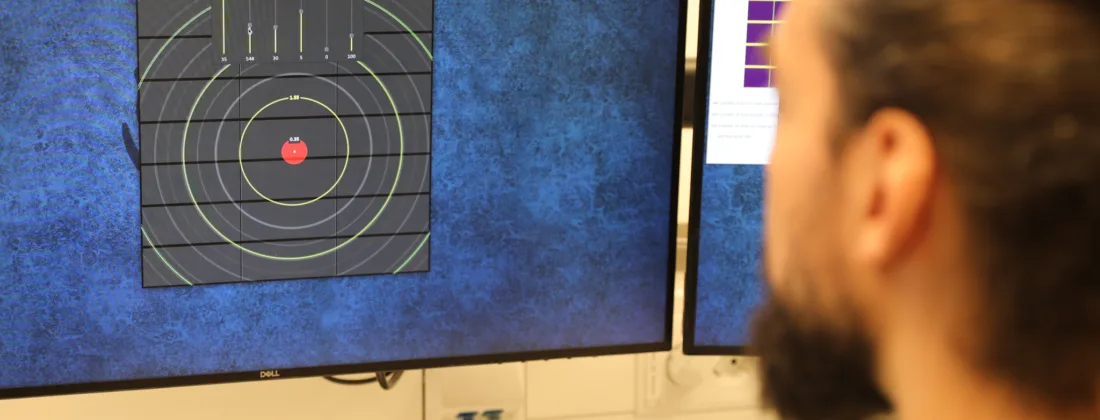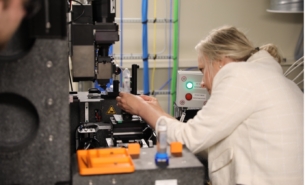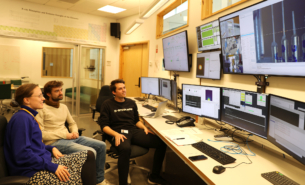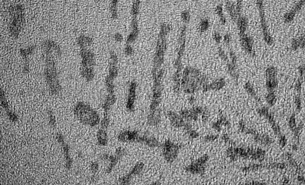Planning and preparing for a beamtime experiment at synchrotron facilities can be challenging and time-consuming, especially for first-time users and students with no previous experience. The team at DanMAX, MAX IV, developed xrdPlanner, an open-source software package to aid the preparation of powder X-ray diffraction and total scattering experiments at synchrotron light sources.
Every researcher wants to use their allocated beamtime efficiently to collect high-quality and, more importantly, correct data for their analysis. However, many modern beamlines focus on versatility to broaden their scientific reach. Consequently, they offer flexible experimental setups and may have several different detectors to choose from. In combination with a range of available X-ray energies, it often makes it difficult for the user to explore the available parameter space relevant to a given experiment prior to the scheduled beam time.
To address this, the SINCRYS and DanMAX teams developed a planning tool called xrdPlanner. The tool projects and visualises diffraction cones onto a virtual detector screen to provide a fast preview of the experimentally accessible data. A graphical user interface helps users interactively navigate the available geometrical configuration and photon energies to find an optimal layout. Planning and communicating the necessary geometry saves time and allows the beamline staff to prepare and accommodate an experiment. When preparation and exploration are done beforehand, researchers avoid being forced to make ad-hoc decisions on-site.
The program is tailored toward powder X-ray diffraction and total scattering experiments. Still, it may also be useful for other experiments that rely on an area detector, for which detector placement and resolution are critical experimental parameters.
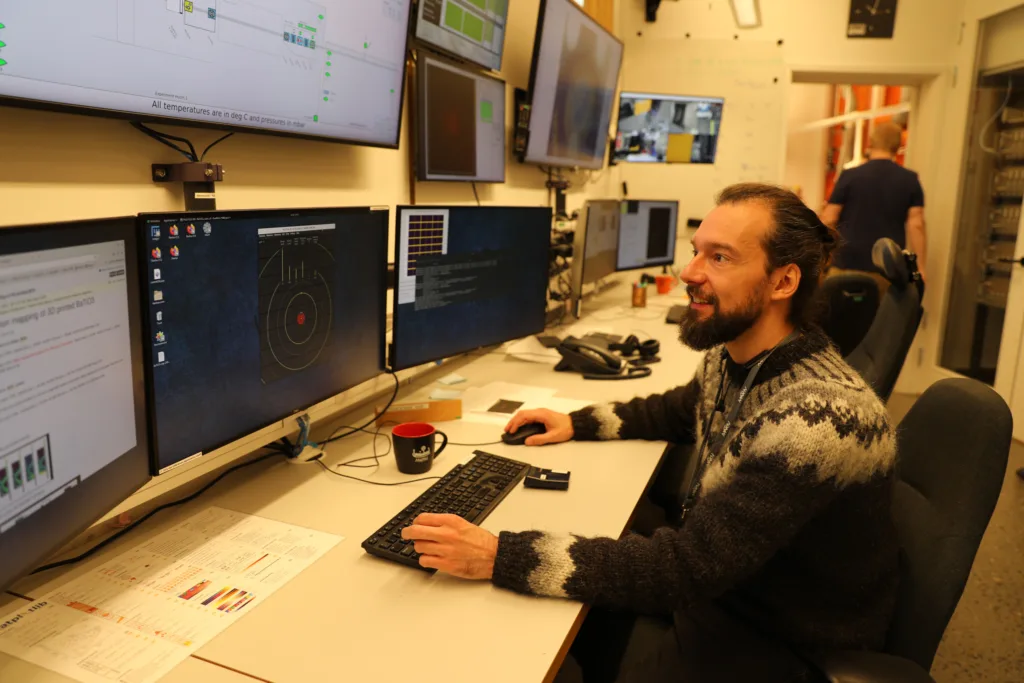
“It makes it easier to plan an experiment; seeing the implications of individual parameters and having all these numbers overlaid on top of each other helps to understand all this information and then continue and ask: What is the perfect geometry? Where should I put my detector? And I think visualisation greatly helps here,” said Lennard Krause, one of the project’s main developers.
The tool targets beamline staff and beamline users, but we also want to highlight its application in the training of future synchrotron users (students). The software provides an intuitive relational visualisation of the beamline’s parameter space.
User contribution is essential
The software was created with users and ease of customisation in mind. The graphical user interface was made to work with currently existing software and allow users to adjust its layouts, visuals, parameter limits, and start-up defaults. The software is intended to grow and develop further, following and adapting to the user community’s needs.
“We are looking forward to getting feedback from the user community. What features do users want or need? How can it be made more useful?” said Krause.
xrdPlanner is 100% free and open source under the GNU General Public Licence V3.
The tool is available in the Python Package Index (PyPI) repository and can be installed using the Python package installer (pip).
GitHub project page: https://github.com/LennardKrause/xrdPlanner.
For further information, contact Lennard Krause.
